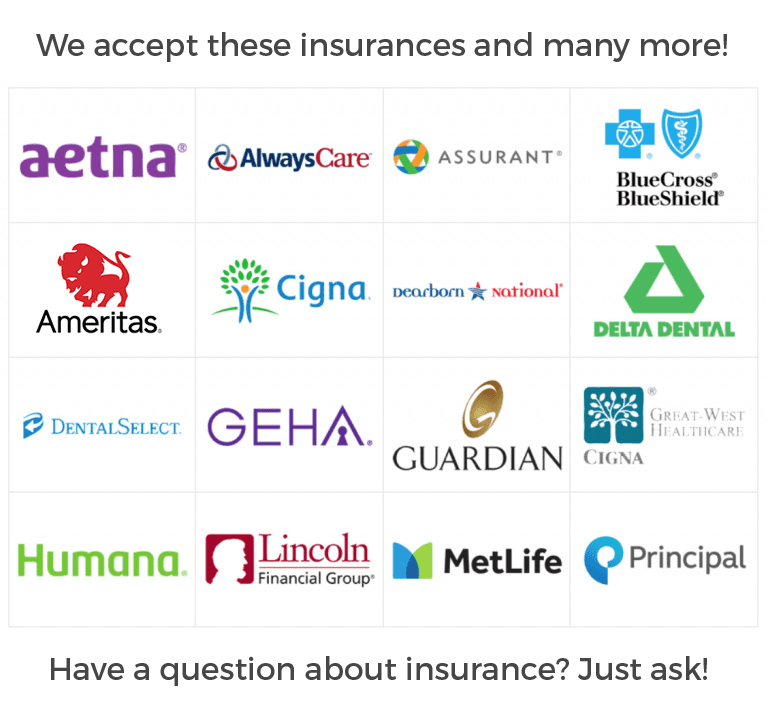If the dentist has recommended a , it is probably the only way to restore oral health. This may happen if the tooth has suffered severe structural damage, and a restoration option like crown or root canal treatment would not be enough to save the tooth. Post-tooth extraction care is essential for quick healing and avoiding infection or dry sockets. This article discusses post-tooth extraction care tips to help patients achieve optimal oral health.
Immediate post-extraction care
The patient's general dentist will provide them with instructions to follow after the procedure. One simple yet effective measure is to bite down on a gauze pad over the extraction site for 30 to 60 minutes. This pressure helps form a stable blood clot that helps heal the wound.
Applying ice packs to the cheek near the extraction site can lessen swelling. This should be done intermittently, at 10-minute intervals, to avoid tissue damage from chronic cold exposure.
Pain management
Post-extraction discomfort is normal and will last for only a few days. The dentist may recommend taking over-the-counter pain relievers to relieve discomfort and aid healing. Patients should adhere to the recommended dosage and routine if antibiotics are prescribed to prevent infection. These help prevent post-procedural infection and support systemic health. If the pain is persistent, patients should return to the dental office for an evaluation.
Oral hygiene and socket care
After tooth extraction, patients need to maintain excellent oral hygiene to prevent infection. Starting 24 hours after the procedure, they can gently rinse the mouth with warm salt water to soothe the extraction area. This step also helps prevent infections. Brushing and flossing are crucial, but patients should be careful around the extraction site to preserve the clot and aid healing.
Eating and drinking instructions
Dietary choices are crucial for the healing process. At first, a diet of soft foods and liquids is recommended. One can gradually add solid foods as the healing progresses. Using a straw can be harmful as the generated suction could dislodge the critical blood clot at the extraction site. The whole point is to avoid causing unnecessary stress to the oral cavity.
Rest and activity
Patients should balance rest and activity after tooth extraction to ensure seamless recovery. Resting with the head elevated may reduce bleeding and swelling. To prevent further bleeding, patients should avoid vigorous activity in the first 24 hours after the extraction.
Resolving complications
The dentist will usually explain the possible side effects and complications to ensure that patients get timely medical intervention if necessary. For instance, dry socket is characterized by intense pain several days after the extraction and requires an urgent dental appointment. Fever, unusual swelling, or pus release from the extraction site are symptoms of an infection. Early treatment will prevent the infection from spreading further.
Final note
By following post-tooth extraction tips, patients can manage discomfort, avoid complications, and accelerate their recovery rate. They should be sure to return to the clinic for follow-up appointments so the general dentist can monitor their healing progress and prevent potential complications. To learn more, contact the dental office to book an appointment.
or call Nice Nice Dental at 623-777-4227 for an appointment in our Peoria office.
Related Posts
Tooth extractions are common dental procedures performed by general dentists. They can be a result of decay, disease, or a fracture. While the dentist may introduce it to preserve oral health, it is important to know what to expect during and after the operation.There are two types of tooth extractions, namely simple and surgical. Most…
A tooth extraction is one of the most common dental procedures and also one of the most anxiety-producing. However, a dentist would not recommend this treatment if it were not necessary to protect your oral health. So, if you are nervous about an upcoming tooth extraction, understanding its reasons will help.A dentist will usually try…
Tooth extraction is a common dental procedure where a dentist removes a tooth from its socket in the jawbone. While it may seem intimidating, these procedures are often necessary to maintain oral health and prevent further complications. Here are the two types of tooth extractions that dentists use to improve your smile and overall health.Simple…



